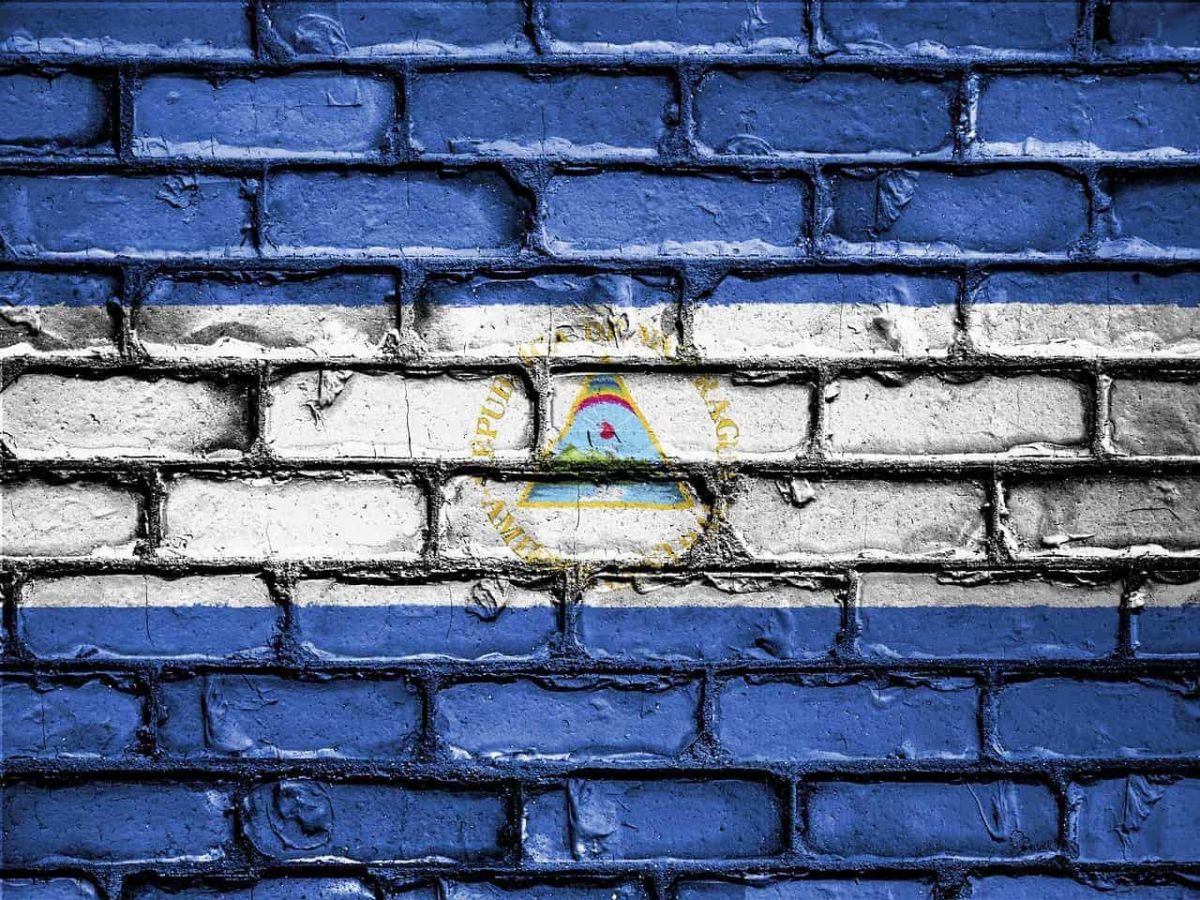Central America’s poorest country, Nicaragua, which holds a presidential election on Sunday, has been mired in political crisis for three years.
Former guerrilla turned longtime leader Daniel Ortega cracked down hard on protesters calling for him to go in 2018, and has locked up a string of opponents since.
But outside of politics, this is also a country noted for its volcanoes and cigars, amongst other things.
Sandino heritage
Nicaragua declared its independence from Spain in 1821 but was occupied by the United States from 1927 to 1933. Resistance against Washington was led by Augusto Sandino, who headed one of Latin America’s first guerrilla movements.
His fame spread throughout Latin America where he became a symbol of resistence to American imperialism.
Yet he lived just a year after the end of the occupation, assassinated in 1934 under the orders of the Somoza family, which took power in 1936 until the dynasty was toppled more than four decades later.
The last of three family dictators, Anastasio Somoza, was overthrown in 1979 by the Sandinista revolution, a guerrilla organization named after Sandino that included the Ortega brothers, Daniel — who then took political power — and Humberto, the army chief.
In the 1980s the United States supported rebels who fought the Soviet-backed Sandinista government.
The civil war claimed as many as 50,000 lives and destroyed the economy before a ceasefire was agreed in 1990, shortly after Ortega was beaten at the ballot box.
Ortega was re-elected president in 2006 and in 2014 a constitutional amendment scrapped presidential term limits.
In 2016 he successfully ran alongside wife Rosario Murillo, who became vice president, amidst an opposition boycott.
While Sandinistas remain in power, the main opposition is also made up of former guerrillas opposed to the ruling power couple’s domination.
Cigar giant
While agriculture and livestock make up the country’s largest economic activity, and coffee is its main export, Nicaragua has made a name for itself in the cigar market.
In 2018 it became the largest cigar exporter in the world, surpassing the Dominican Republic with $255 million of exports.
It has been a meteoric rise for Nicaragua, whose cigar industry was only born following the arrival of businessmen fleeing the 1959 communist revolution in Cuba.
The sector has surged since the end of the civil war in 1991 and is one of the country’s few industries to have flourished despite the political and economic crisis that engulfed Nicaragua in 2018.
Nicaragua has 70 cigar factories with investors from Greece, Italy and Canada, producing 5,000 brands, according to the Nicaraguan chamber of tobacco producers.
Poverty and corruption
The second poorest country in the Americas after Haiti, the 2018 protests halted a period of economic growth, with GDP dipping to 3.9 percent in 2019, according to the World Bank.
The economy — which is hugely dependent on coffee and meat exports — was further hit by the pandemic, political turmoil and a double whammy of two hurricanes, but there has been an uptick in the first quarter of 2021. Nicaragua is one of the least developed countries in the region according to the World Bank and ranked 128 out of 189 in the UN Human Development Index.
It is the most corrupt country on the continent according to Transparency International, coming 159th out of 180 countries on its 2020 index.
A rival Panama canal?
A planned waterway across the country linking the Atlantic and Pacific oceans to rival the Panama Canal has provoked controversy and protests.
In 2013 a concession was awarded to a Hong Kong group to construct and run the 270-kilometre (168-mile) long route that was to cost $50 billion.
But the project has dropped off the radar after the initial fanfare of its launch, having faced opposition from rural communities and indigenous people, who had not been consulted.
Volcanoes
Nicaragua is home to 19 volcanoes on the 1,500-kilometer long Central American Volcanic Arc that extends from Mexico to Panama along the Pacific coast.
At 635 meters high, the Masaya is a rare crater that regularly forms lakes of glowing magma.
It so terrified the Spanish conquistadores that they named it “The Mouth of Hell.”
In the middle of the Lake Nicaragua, the largest fresh water body in Central America, lies an island formed from two volcanoes.






